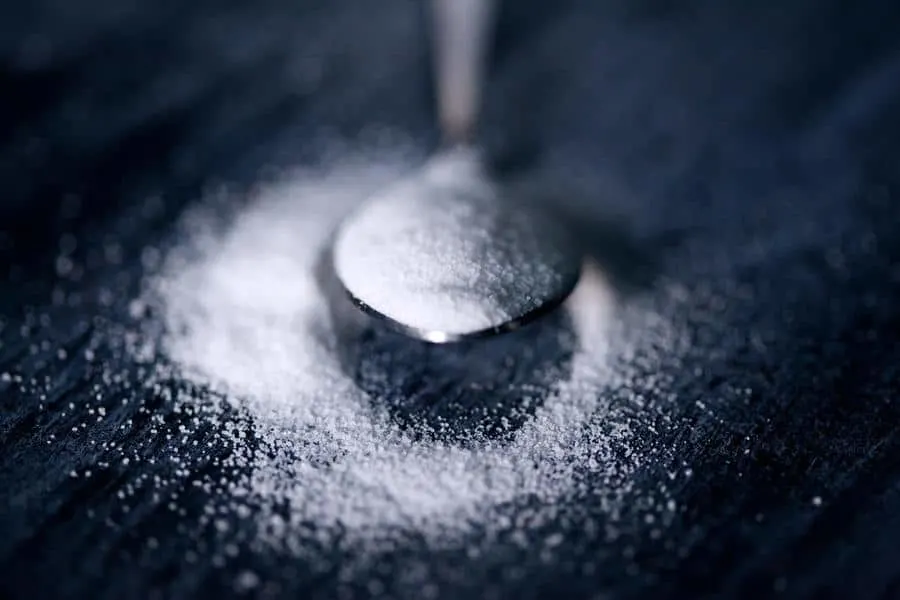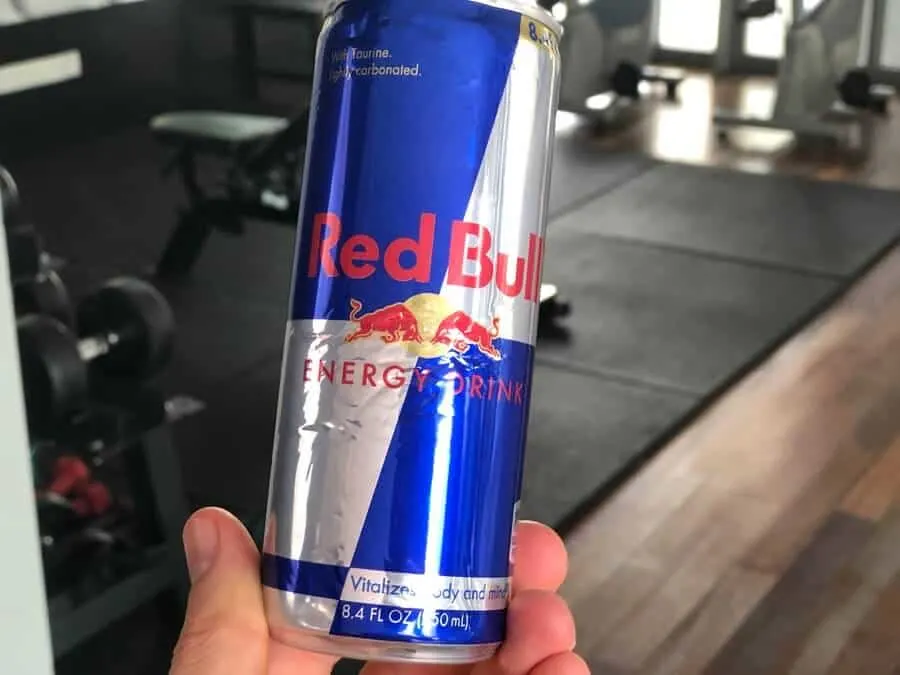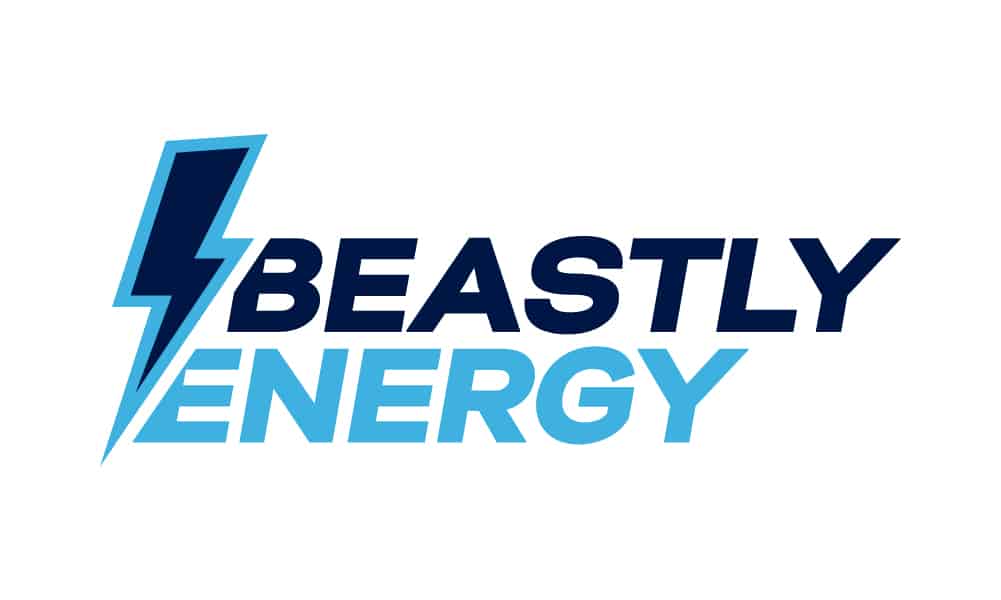Have you ever wondered what makes Bang and Red Bull different from each other, besides, you know, the names?
If you’re curious to find out, you’ll be happy to know that this article will answer all your burning questions about the differences between Red Bull and Bang.
Here’s a quick summary: Bang and Red Bull differ in terms of the amount of caffeine, sugar, and calories. Bang and Red Bull cater to different people for different purposes, depending on your preferences.
Stick around to find out exactly how they differ and which of the two energy drinks is the right one for you. From the origins of Bang and Red Bull to which brand is the better energy drink, read on to find out more.
Let’s start!
Contents
Bang VS Red Bull – Origins
Bang started off in 2012 as an energy drink product line by Vital Pharmaceuticals, a company based in Florida. Its owner is Jack Owoc. In 2020, it became the third highest-selling energy drink in the US.
Introduced in 1987, Red Bull was created by Red Bull GmbH, an Austrian company. Red Bull was inspired by a Thai energy drink, Krating Daeng. It has come a long way since and has long been the highest-selling energy drink in the world.
Bang VS Red Bull Nutrition Facts
| Standard Values | Bang (16fl.oz) | Red Bull (8.4fl.oz) |
| Energy | 0 calories | 110 calories |
| Fat (Of which saturated) | 0g (0g) | 0g (0g) |
| Carbohydrates (of which sugars) | 0g (0g) | 28g (27g) |
| Caffeine | 300mg | 80mg |
| Sodium | 40mg | 105mg |
| Protein | 0g | <1g |
| Calcium | 5mg | – |
| Magnesium | 5mg | – |
| Vitamin C | 27mg | – |
| Vitamin B3 | 5mg | 22mg |
| Vitamin B6 | 0.5mg | 5.05mg |
| Vitamin B12 | 1.5μg | 5.1μg |
Calories
Bang has 0 calories per 16 fl.oz while Red Bull contains 110 calories per 8.4 fl.oz.
The recommended daily calorie intake is 2000 to 2400 calories for women and 2400 to 3000 calories for men.
While Bang leaves minimal impact on your daily calorie intake, Red Bull will put somewhat of a small dent in your overall diet.
Although it may seem like a lot of calories compared to Bang, Red Bull actually doesn’t have as many calories as you might think. In fact, a glass of soy milk has more calories than Red Bull does.
However, if you drink Red Bull without limiting the number of cans you have each day, the calories will undeniably add up quickly.
Between these energy drinks, it’s clear that Bang is the healthier alternative with 0 calories per can. The reason why Bang doesn’t have any calories is due to the lack of sugar. While this is good for your health, it also means you won’t get the usual sugar rush that’s associated with the consumption of glucose.
Vitamins And Minerals
As far as vitamins and minerals go, Red Bull contains more vitamins whereas Bang has a few minerals that are absent from Red Bull.
A quick rundown below:
- Bang has less sodium (40mg vs 105mg).
- Bang has less vitamin B3, vitamin B6, and vitamin B12.
- Bang has vitamin C (27mg).
- Bang has calcium and magnesium.
- Bang has less protein (0g vs <1g).
These details are available in the table above, which compares all of the nutritional information of each brand.
Bang VS Red Bull Ingredients

Bang Energy Ingredients
A 16 fl.oz can of Bang Energy contains:
- Carbonated water
- Citric acid anhydrous
- Natural flavors
- Malic acid
- Caffeine anhydrous
- EAAs (L-leucine, L-isoleucine, L-valine, L-lysine, L-threonine, L-phenylalanine, L-histidine, L-methionine, L-tryptophan)
- Sodium Benzoate
- Potassium citrate monohydrate
- Sucralose
- Potassium phosphate dibasic
- Potassium sorbate
- Magnesium chloride
- Vitamin C
- SUPER CREATINE® (Creatyl-L-Leucine)
- Calcium chloride
- Calcium disodium EDTA
- vitamin B3 (niacinamide)
- CoQ10 (coenzyme Q10)
- vitamin B6 (pyridoxine hydrochloride)
- vitamin B12 (methylcobalamin)
Red Bull Ingredients
An 8.4 fl.oz can of Red Bull contains:
- Carbonated Water
- Sucrose
- Glucose
- Citric Acid
- Taurine
- Sodium Bicarbonate
- Magnesium Carbonate
- Caffeine
- Niacinamide
- Calcium Pantothenate
- Pyridoxine HCl
- Vitamin B12
- Natural and artificial flavors
- Colors
Bang VS Red Bull – Comparisons
Caffeine
Each 16 fl.oz can of Bang contains 300mg of caffeine anhydrous whereas each 8.4 fl.oz can of Red Bull has 80mg of caffeine.
There are few differences between the caffeine content in Bang and Red Bull, from the type of caffeine each drink has to the amount of caffeine in an individual can.
With regards to Bang, it has a massive 300mg of caffeine anhydrous. Caffeine anhydrous is a dehydrated form of caffeine that is usually used in caffeinated beverages like coffee and tea.
While regular caffeine is derived from natural sources like coffee beans and tea plants, caffeine anhydrous comes in the form of powder, making it more concentrated and potent than regular caffeine.
In short, the caffeine in Bang is potentially stronger in effect compared to the regular caffeine in Red Bull.
Another aspect we need to look at is the amount of caffeine in each of the energy drinks. Bang contains 300mg per 16 fl.oz while Red Bull contains 80mg per 8.4 fl.oz.
Bang has way more caffeine than Red Bull does.
I know what you’re thinking, “but a can of Bang is bigger than a regular can of Red Bull!”
That’s true.
So, let’s compare 16 fl.oz of each brand and you’ll still find that Bang has a lot more caffeine than Red Bull per fluid ounce:
Comparing a 16 fl.oz Bang to a 16 fl.oz Red Bull, Bang has 300mg of caffeine Vs Red Bull with 151mg of caffeine. Bang still has around double the caffeine content that Red Bull does, per fluid ounce.
Since Bang has more caffeine, it’ll provide you with a larger boost than Red Bull and is more likely to last longer too.
While this may seem appealing, the quantity of caffeine in Bang isn’t recommended for everyone. Whether you’ll be able to stomach that much caffeine or not depends on your caffeine tolerance and how fast your body metabolizes caffeine.
So if you think that you might not be able to handle a lot of caffeine in a short time or if you rarely drink caffeinated beverages, the safest choice would be Red Bull, which has way less caffeine and is far less likely to cause any negative side effects associated with having too much caffeine.
With that said, you must take heed of the recommended maximum daily caffeine intake according to the FDA, which is no more than 400mg per day for healthy adults. Too much caffeine in a single day may lead to adverse effects including:
- Restlessness and shakiness
- Dizziness
- Headaches
- Insomnia
- Dehydration
- Rapid or abnormal heart rhythm
Sure, the energy boost you get from either Bang or Red Bull might make you feel great but take care not to go too overboard with the caffeine and always stick to the guidelines of no more than 400mg per day to be safe.
Sugar

A 16 fl.oz can of Bang has 0 sugar while an 8.4 fl.oz can of Red Bull has 27g of sugar.
Bang is sugar-free, but it does contain artificial sweeteners as a sugar substitute to give the drink a sweet taste. Since Bang doesn’t have any sugar, you’re less likely to experience issues associated with the consumption of sugar like cavities, weight gain, and diabetes.
You’re also less likely to experience a sugar-crash from Bang than you are with Red Bull too.
Artificial sweeteners like Sucralose and Acesulfame Potassium don’t raise blood sugar levels either, so diabetics may not have a problem consuming artificially-sweetened foods and drinks. Although, if you do have diabetes, you should definitely consult your doctor before deciding to consume any brand of energy drink.
Compared to Bang’s zero sugar, a regular 8.4 fl.oz can of Red Bull has 27g of sugar, which, according to the AHA, is quite a lot.
The recommended maximum daily sugar intake from AHA is 25g for women and 36g for men. Based on these guidelines, Red Bull exceeds the maximum daily sugar intake for women and is pushing the limit for men.
A high intake of sugar can lead to many health-related problems like:
- Weight gain
- Increased risk of heart disease
- Diabetes
- Increased risk of depression
- Low energy levels
- Poor dental health
Besides that, you’re more likely to experience a sugar crash if you consume a large amount of sugar in a short time.
To learn more about the possible negative effects of too much sugar, check out this video:
Amino Acids
Each 16 fl.oz can of Bang contains Essential Amino Acids (EAAs) while an 8.4 fl.oz can of Red Bull contains taurine.
Essential Amino Acids (EAAs) are amino acids that play important roles in our bodily functions. There are 9 amino acids that are considered essential, namely leucine, isoleucine, valine, lysine, threonine, phenylalanine, histidine, methionine, and tryptophan.
Since our bodies can’t naturally make these amino acids, we have to obtain them through our diet. Foods like meat, fish, poultry, beans, nuts, and dairy products can provide us with EAAs.
EAAs are also available in supplement form and taking them in concentrated doses is linked to benefits like:
- Improved mood and sleep
- Help with weight loss
- Improved physical performance
- Prevents muscle loss
As for taurine, it’s also a naturally-occurring amino acid and can be found in certain foods like meat and fish. But its role is limited to several body functions like supporting the nervous system and maintaining a healthy electrolyte balance.
A sufficient intake of taurine, whether it’s through your diet or through supplements, leads to positive effects such as a healthy metabolism, stronger protection against heart failure and muscle damage, and an improvement in exercise performance.
Coenzyme Q10
Coenzyme Q10 (or CoQ10) is a type of nutrient that your body naturally produces. CoQ10 also helps protect your cells from damage and ensures your metabolism is healthy, acting as an antioxidant for your body.
Some of the reported positive effects of CoQ10 are that it:
- Reduces headaches
- Enhances exercise performance
- Improve blood sugar levels
- Protects the lungs
The typical dose for CoQ10 in supplement form is between 90mg to 200mg per day, and in certain cases, doses of 500mg and above are recommended. It can difficult to know if the amount of CoQ10 in Bang will have any beneficial effect since the amount present isn’t clearly stated.
However, this lab test found that there is only 63.86mg of CoQ10 in each 16 fl.oz can of Bang, which isn’t much at all.
If these results are accurate, it means that drinking one can of Bang likely isn’t enough to get many benefits from such a small amount of CoQ10.
My advice is to take supplements if you need CoQ10 instead of relying on getting enough from Bang Energy Drink.
Red Bull doesn’t contain any CoQ10.
What’s the worst thing about Red Bull?
The worst thing that can happen if you consume Red Bull is that you will become addicted to it. Caffeine is a stimulant, and Red Bull contains a lot of it. If you drink Red Bull regularly, you may build up a tolerance to it, which means you will need to consume more to achieve the same effect.
Bang VS Red Bull Flavors
Bang Flavors
Bang has 25 flavors, which are:
- Bangster Berry
- Birthday Cake Bash
- Black Cherry Vanilla
- Blue Razz
- Champagne
- Cherry Blade Lemonade
- Citrus Twist
- Cotton Candy
- Crisp Candy Apple
- Frosé Rosé
- Key Lime Pie
- Lemon Drop
- Miami Cola
- Peach Mango
- Pina Colada
- Power Punch
- Purple Guava Pear
- Purple Haze
- Purple Kiddles
- Radical Skadattle
- Rainbow Unicorn
- Root Beer
- Sour Heads
- Star Blast
- Strawberry Blast
Red Bull Flavors

Although most well-known for the original flavor, Red Bull also has a variety of fruit-inspired flavors too:
- Watermelon
- Peach
- Blueberry
- Kiwi-Apple
- Coconut & Berry
- Pear
- Cranberry
- Orange and
- Tropical Fruits.
Bang VS Red Bull Price
Based on my search on Amazon, the price of a 12-pack of 16 fl.oz cans of Bang Energy is around $32, whereas the price of an individual case of 8.4 fl.oz Red Bull is around $24.
Hence, the price of one 16 fl.oz can of Bang is around $3 while an 8.4 fl.oz can of Red Bull is around $2.
This price difference is expected as one drink has a larger liquid volume so it makes sense that it should be more expensive.
Aside from that, Bang also has a larger caffeine content and more ingredients than Red Bull, so it justifies the higher price in my mind.
Red Bull is a handy alternative if you’re looking for a more affordable option, or just need a quick and simple energy drink without all those fancy added ingredients, of which some might actually be fictional anyway.
If you’re interested to find out where you can get the best deals on Bang energy drinks online, you can head over to this article I wrote on where to buy Bang which will help save time and money.
Which Is Better – Bang Or Red Bull?
Both energy drinks have positive aspects to them that appeal to a different target audience.
Though a little more expensive, Bang is great for a powerful energy boost without any calories or sugar while Red Bull is more suitable if you have a lower caffeine tolerance and just want something that you know is going to do the job.
If you don’t mind the added sugar and calories, Red Bull is an affordable drink that tastes good to boot.
Ultimately, it really depends on you, your needs, and preferences to decide whether Bang or Red Bull is the better option for you.
Is Bang better than other energy drinks?
Bang energy drinks are well known for their delicious flavor and caffeine kick. However, because everyone has different preferences, there is no factual answer to this question.
Some people may find that Bang meets their energy needs better than other energy drinks, while others may not. It is eventually up to each person to determine which drink works best for them.
Alternatives To Bang And Red Bull
Bang and Red Bull aren’t the only great energy drinks out there to choose from. Here are some other great options for you to try:
- Monster
- Celsius
- Rockstar
- Guru
- C4 Energy
- Bing
- 3D Energy
- Full Throttle
- Reign
Final Word
In my opinion, Bang and Red Bull are both good energy drinks with unique features and benefits that distinguish them from one another. I feel that both energy drinks have their own advantages and disadvantages.
Bang is great if you’re cutting down on sugar and calories, although you’ll need a high caffeine tolerance to deal with its whopping 300mg caffeine, whereas Red Bull is perfect if you have a low caffeine tolerance and love a little dopamine rush and don’t mind some sugar.
Perhaps the best way to find out whether Bang or Red Bull is better for you is to try out both and then you’ll know for sure.
I hope this article was helpful and informative, enjoy your day!
